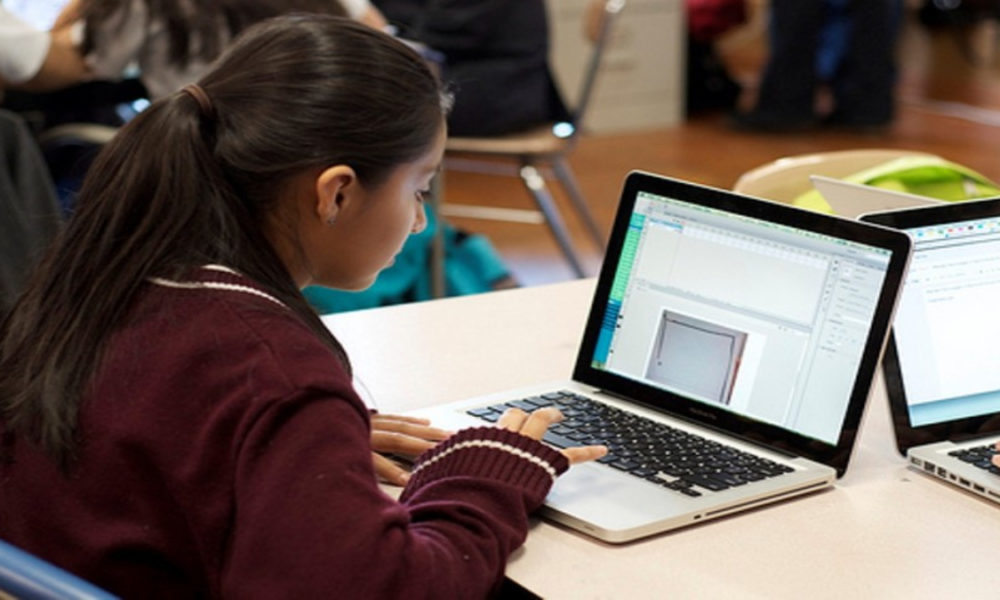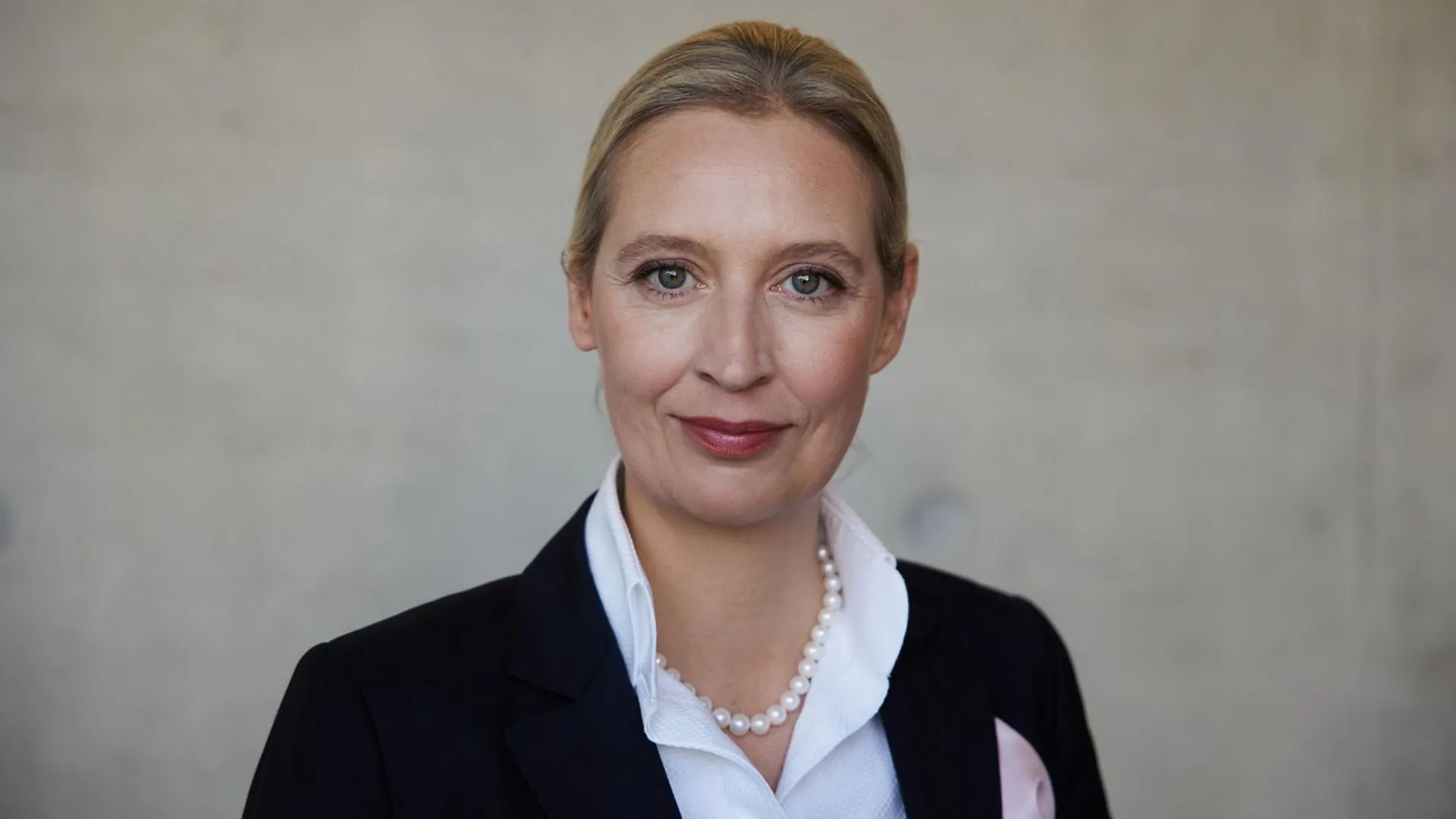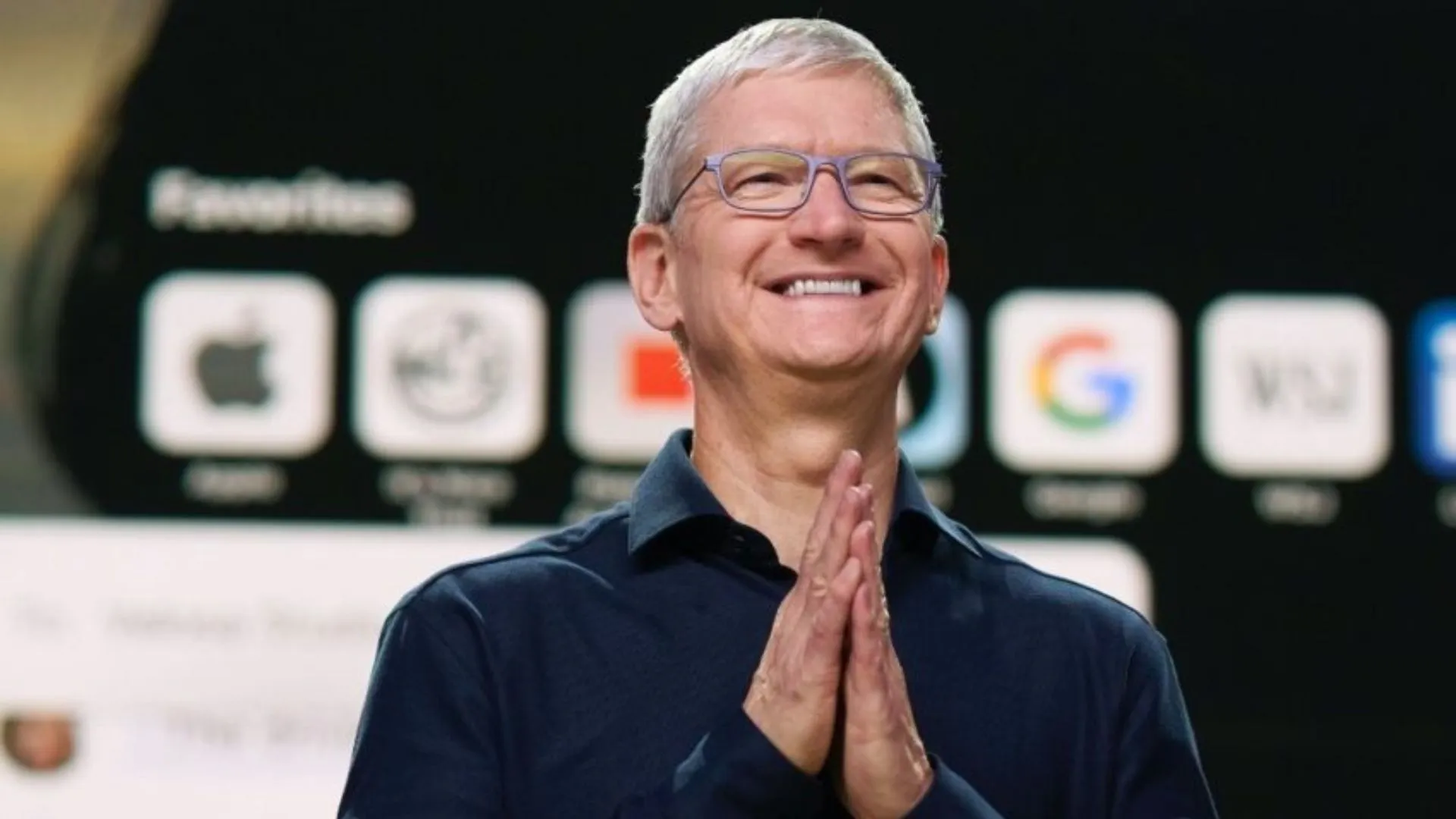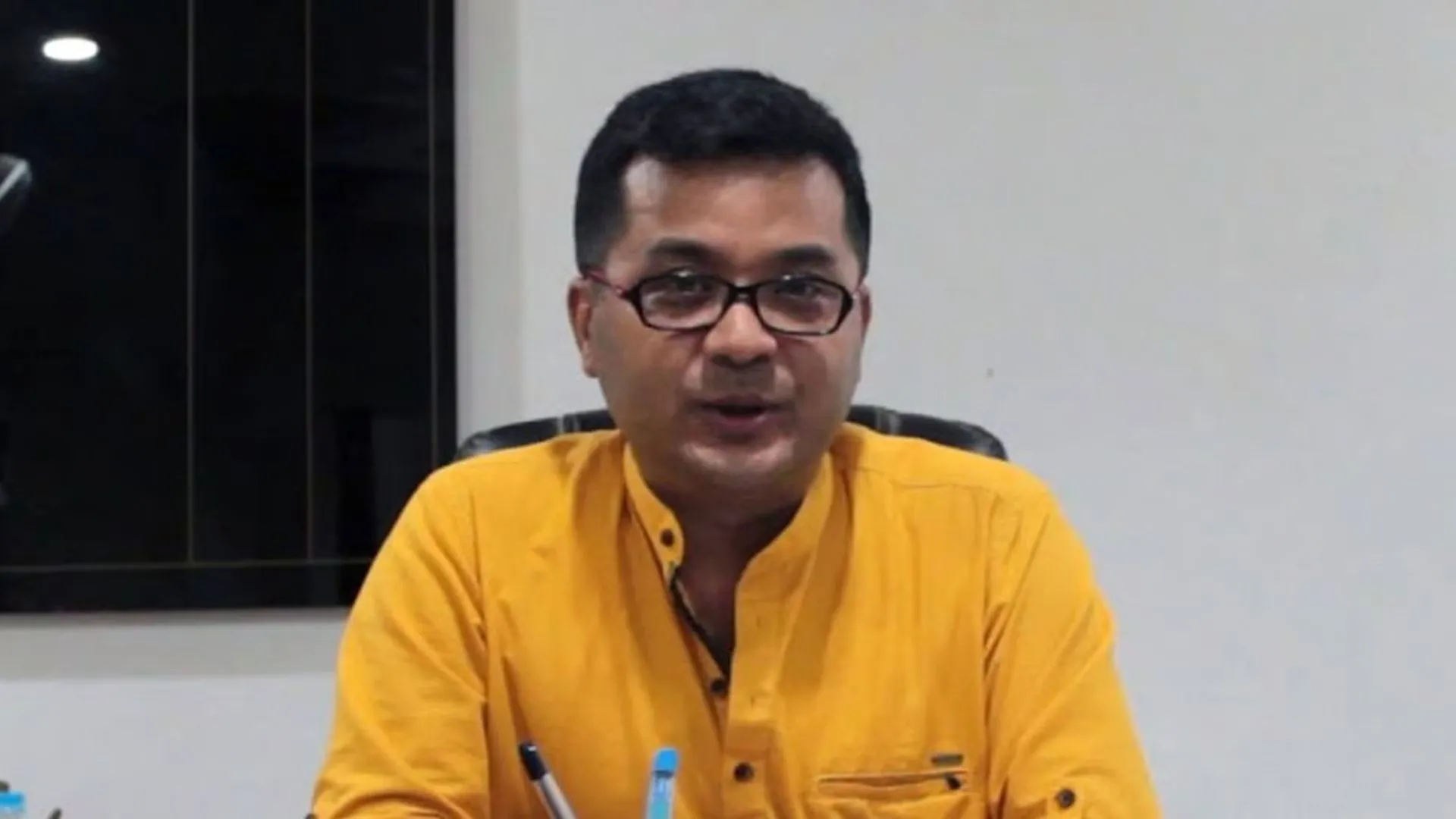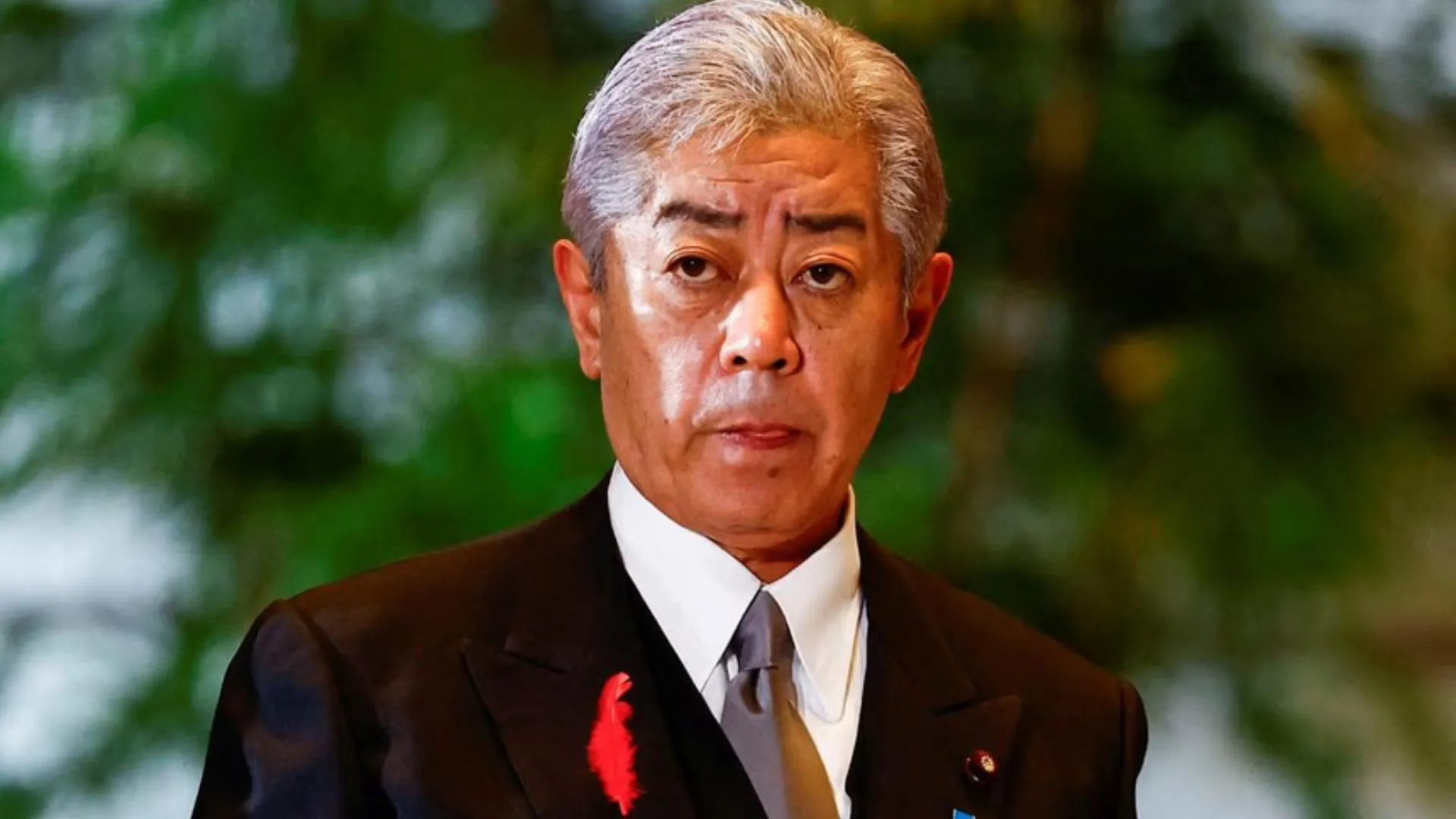A classroom is beyond a mere place for theoretical or practical knowledge. It is a place where different cultures assimilate, thoughts are fashioned, and new outlooks on old views are embraced. It is more than a building, it is a social process of learning, conversing, and developing one’s potential under the due supervision of experts. The concept of virtual education only disperses the theoretical knowledge and creates a lag in the social process which physical classes otherwise performs.
Introduction
We must understand virtual education despite the word virtual (which is only means )necessarily has to focus on accessible ,afforadable ,equitable and quality education .We cannot and should not have a situation where some pockets have all resources for such education and some pockets don’t.This divide in itself violates right to equality leave alone right to education.Education in its widest sense of the word is to empower people.What if lack of access to education due to covid ,disempower people.This is a situation we must guard against.It is in this light shaping of virtual education under RTE ACT 2009 would be looked into.
In the light of the COVID19 pandemic, all educational institutions were shut down indefinitely in the Mid of March. In September now, whether or not to reopen is still a conundrum, and the plight of students’ education is a hot debate. It can therefore be said without a doubt, that apart from impacting the future of 32 crore young citizens in the nation, the pandemic has also pushed educators to reshape the mechanism of imparting lessons, as a result of having to adopt the online mode of classes.
However, as much as it seemed to be a viable alternative to many, transitioning to an online mode has had its share of challenges. These include limited access to the Internet, lack of uninterrupted power supply, absence of a robust monitoring method, hindrances to replicating the rapport between teachers and students in an online world, creation of content in regional languages, and so many more.
The impact of online education, however, has been more adverse & severe for disadvantaged children, leading to interrupted learning, compromised nutrition, childcare problems, and consequent economic cost to families who cannot work or have lost employment as a result of the pandemic.
As we find solutions to these challenges, we see glimpses of the future of learning. While educators and students are eager for institutions to open, the crisis has led to some elements of learning being changed permanently, such as the increasing use of technology – generally, as well as for the enhancement of the overall learning experience; personalization of learning by catering to individual needs of each student; the access as well as the convenience of education.
A classroom is beyond a mere place for theoretical or practical knowledge. It is a place where different cultures assimilate, thoughts are fashioned, and new outlooks on old views are embraced. It is more than a building, it is a social process of learning, conversing, and developing one’s potential under the due supervision of experts. The concept of virtual education only disperses the theoretical knowledge and creates a lag in the social process which physical classes otherwise performs. With the pandemic in existence, no person can imagine a smooth life. COVID-19 has disrupted the day to day activities of every individual and has affected the overall health of every human being. From a child to a fully grown adult, everyone is facing challenges in coping up with the new changes brought by this pandemic in our daily schedule. Children are majorly facing challenges concerning their schools and learning process. And the countries have come up with the idea of synchronous and asynchronous virtual education as a response to physical classes. But in a developing country like India where people do not have enough resources to buy smartphones, laptops, and internet connections, how will this right to education be served? According to a survey by TRAI in July – September 2019 it was found that there is only 52.08 number of internet and broadband subscribers per 100 population. Out of which 104.25 and 27.57 are the subscribers per 100 population in urban and rural India, respectively. Now it seems a challenge to provide online education to the children where approximately 48% of the total population does not have access to the internet.
Education as a Constitutional Right
Education is the basic human right of every individual. To enjoy one’s life, one must have the opportunity to get the knowledge of one’s anatomy, surroundings, and nation. UNESCO describes education as the means to build peace in the hearts of everyone, eradicate poverty, and move towards sustainable development. Global Education development has been included in Goal 4 of the Sustainable Development Goals (SDG), 2030. India had adopted the same in 2015, and in the light of it, the Indian Government has issued the National Education policy, 2020 to make education more qualitative and in consonance with all technological and social developments which states that “Education is fundamental for achieving full human potential, developing an equitable and just society, and promoting national development.” Article 21 of the Constitution of India talks about the right to life and liberty which encompasses the right to education as well. In Deepak Rana vs. State of Uttarakhand and Ors. (2016) it was stated that, if a child has been deprived of his right to get an education then he is not only deprived to live his life with the integrity and dignity but also he will never be able to use his right to speech and expression as mentioned under Article 19(1)(a). One can only express one’s thoughts and expressions in sign, verbal, and written form and if an individual does not get the opportunity to read, write, or speak, then it would be a violation of their ‘Right to Speech and Expression.’
The right to education has been separately envisaged under Article 21A of the Constitution of India. It was added after the 86th Amendment Act in 2002. Article 21A states that “The State shall provide free and compulsory education to all children of the age of six to fourteen years in such manner as the State may, by law, determine.” The right to education under Article 21A and the Fundamental duty of parent or guardian under Article 51 A(k) to provide opportunities for education to his child between the age of six to fourteen years put a reciprocal obligation on the state and the parent to achieve this goal and the child gets education without any obstruction. Under Article 21A, the state is under an obligation to provide education to children, but it hasn’t specified how such obligation be discharged, thus leaving the onus on the state, as stated in Society for Unaided Private Schools of Rajasthan v. Union of India and another (2012). Article 45 of the Constitution also imposes the same obligation on the state. With due consideration to the economic and social strata of the nation, in the case of Justice for All vs. Government of NCT of Delhi & Ors. (2020), J. Manmohan had rightly pointed that “education is the passport to the future. But what if some passports are better than others, giving the holder access to a better mode and method of education and in turn, a more prosperous future.” There were always disparities in education due to various factors, but COVID-19 has exacerbated the situation. Due to financial constraints, the economically weaker section of the society is unable to provide their children with the means of online education, such as laptops or mobile phones with high-speed internet. Article 46 of the Constitution requires the state to take special care of the education and economic interests of the weaker sections of the society to protect them from all forms of discrimination. Article 21A has been endowed a wide ambit because of its socio welfare circumference. In the case of R.D. Upadhyay v. State of A.P. and Ors. (2006), the Supreme Court held that the right to education should be made available to every child in every place and it extends to those children as well who are in prisons with their incarcerated mothers. Section 3(1) of the Right of Children to Free and Compulsory Education Act, 2009 states that “Every child of the age of six to fourteen years including a child referred to in clause (d) or clause (e) of section 2, shall have the right to free and compulsory education in a neighborhood school till the completion of his or her elementary education.” Section 3(2) states that “no child shall be liable to pay any kind of fee or charges or expenses which may prevent him or her from pursuing and completing the elementary education.” Section 7 of this act imposes the liability on the Central as well as state government to make funds available for implementing such provisions. In the case of Society for Un-aided private schools of Rajasthan Vs. Union of India and another(2012), the Honorable Supreme Court noted that the term ‘free’ under section 3(1) means the removal of any financial barrier that prevents a child from completing his schooling. And the Schools should ensure the implementation of the provisions of the Right of Children to Free and Compulsory Education Act, 2009 in spirit and content. But in the pandemic like situation, where the virtual model is the only way to substitute the education in physical classes, will it be understood as the part of Article 21A?
Virtual education under Article 21A
Since in the case of Jindal Stainless Limited & Anr. vs. State of Haryana & Ors. (2017), it was held that the Constitution is a living document, can be interpreted harmoniously to balance the needs of the dynamic society. And according to Bennion on Statutory Interpretation (Seventh Edition), parliament puts an obligation on the Courts to apply the updating constructions on the act, and can be presumed that act is always speaking. The term ‘act is always speaking’ can be construed as the act is in an on-going evolving process that inculcates the social, economic, technological, and political developments. In the case of Justice for All vs. Government of NCT of Delhi & Ors. (2020), the reference was taken from Bennion on Statutory Interpretation (Seventh Edition) and it was held by the Delhi High court that the term ‘education’ is flexible. It stated that “The neighborhood schools impart synchronous face to face real-time online education not as a voluntary or social service but as a part of their responsibilities under the RTE Act, 2009.” The court also dynamically interprets the provisions of the RTE Act,2009 and described that the term ‘education’ has not been defined under RTE Act,2009 because of the changing facets of the education and putting it in a sentence could static it. This Court is further of the view that Article 21A of the Constitution when read with Sections 8, 9, 10, and 19 of RTE Act, 2009 along with Schedule to the Act contemplate the dissemination of education in any such way if they are fulfilling the minimum statutory requirement. The High Court also imposed the duty on the private unaided schools and government schools who are voluntarily using the online mode of education to ensure that the students belonging to the EWS/DG category have access to avail the same. To prevent ‘digital apartheid’ the schools have to make the required equipment available to the students who are not in a position to buy it. Since this vertical divide or digital divide will lead to not only infringement of the obligations imposed by the RTE Act, 2009 on private unaided schools under Section 12(1)(c) and Government schools under Section 3(2) but also of the Article 14, i.e., Right to equality.
Government Initiatives to promote virtual education
Virtual classes can replace physical classes for a time being, but it puts more responsibility on the parents to keep an eye on their child’s learning process. Virtual classes cannot suffice the importance of a physical classroom. In rural areas, the majority of the women are not educated in most of the states and it becomes difficult for a child to ask for help in studying. And not only this, but the child must also be capable enough to understand the basic concepts then only he can learn in virtual classes. According to Annual Survey on Education (Rural) 2018 report, only 50% of children in Grade 5 could read a Grade 2 level text, and only 28% of children in Grade 5 could solve a division problem in rural India. Though to solve the issues related to virtual education, PRAGYATA Guidelines for digital education was issued in July 2020 by the Department of School Education & Literacy, Ministry of Human Resource Development, Government of India. It exposed the problem related to the unavailability of the equipment for virtual learning and provided that the schools must not focus only on synchronous mode of learning but also the asynchronous ways like SMS, e-content on DIKSHA, TV channels, etc. It also provided the eight steps for online learning that are: Plan- Review- Arrange- Guide- Yak(talk)- Assign- Track- Appreciate for the better planning and implementation of the virtual education. Various national initiatives to promote an asynchronous mode of teaching-learning were launched under the PM e-Vidya Program on 17th May 2020.
The initiatives include:
• DIKSHA which provides QR coded Energized Textbooks for all grades,
• MOOCs courses
• SWAYAM PRABHA- TV channel for classes from 1 to 12
• SWAYAM- Online courses for Open school or NIOS
• Airing of courses on Radios, Community radio, and CBSE Podcast – Shiksha Vani • Online Coaching for IITJEE/NEET preparation by ITPAL.
While talking about the difficulties of virtual classes, we cannot forget the struggles that ought to be faced by Children With Special Needs. They need special care and attention which has been noted in PRAGYATA guidelines and the national government had developed Special e-content for visually and hearing impaired and in sign language on Digitally Accessible Information System (DAISY) on the NIOS website/YouTube. Other initiatives include the National Digital Library, e-PG Pathshala, Shodhganga, e-ShodhSindhu, e-Yantra, and FOSSEE, etc.
To comprehend the virtual learning, states had also initiated various programs such as Doordarshan Local Broadcast, Tele-Classes on Local Cable TV Network, YouTube Channel and Facebook page, Webinar Based ICT Training. The government of Andhra Pradesh also set up the toll-free call center where students can ask any queries on any subjects which will be clarified by the expert teachers. According to a Google survey undertaken by NCERT in KVS, JNVs AND CBSE, it was found that 27% of the students did not have smartphones and laptops with them to access the online classes. And around 28% of the stakeholders faced difficulties due to temporary power cuts. Though the central and state government are putting their best efforts to stimulate the virtual model of education, there are still various challenges faced by children. For instance, A child needs a proper environment to study and in a house of five, it is difficult to find a place to study in calm. Virtual learning does not only affect the grasp of the children on learning but also hinders the physical as well as psychological development of the children in elementary school especially.
Conclusion
In a developing country such as India, where a significant percentage of the population still lacks access to the internet, virtual education seems to be a dream to many. However, with efficient government initiatives, and support from different NGOs, this dream can be brought closer to reality. Though the PRAGYATA guidelines have been laid out as a detailed roadmap for carrying forward online education, the asynchronous mode of education for primary school children is not sufficient to help them in understanding the fundamental education imparted in classrooms.
As for children with special needs, the mere availability of online content does not suffice. They require more attention and patience to make them understand what is being taught. It is an obligation of the center as well as state governments to ensure that virtual education provided to students passes the quality test.
The Government, therefore, must grant funds to local authorities for the supply of gadgets to EWS/ DG students and CWSN and keep a check on them and to make sure that every child has received the same.
Even though the government has increased the minimum wages to up to approximately Rs. 500, there are still many who do not find employment and are thus unable to pay for d2h connections/electricity bills /internet connections. A viable solution to this would be for the government to ask all the DTH connections to provide educational channels free of cost, and also for the local governments to take the help of NGOs and Anganwadis for the installation of loudspeakers in schools.
Aprajita Singh Assistant professor School of Law,University of Petroleum and Energy studies ,Luvleen student BA.LL.B(Hons) with specialisation in criminal law

